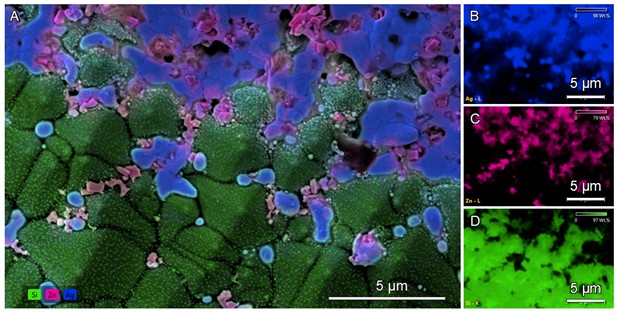Driving Sustainable Innovation: How Electron Microscopy Revolutionizes Low-Carbon Technologies
Key Ideas
- Electron microscopy (EM) plays a crucial role in advancing low-carbon technologies by providing detailed nanoscale insights into material structures, interfaces, and defects.
- EM is essential for optimizing properties like conductivity, durability, and catalytic efficiency in energy storage and renewable energy systems, leading to enhanced performance and stability.
- Thermo Fisher's ChemiSEM integrates SEM imaging and EDS analysis, providing a streamlined solution for precise structural and compositional analysis of advanced materials, accelerating sustainable innovation.
- Hydrogen technology also benefits from EM, enabling the optimization of material design for faster hydrogen absorption, improved storage capacity, and enhanced long-term stability crucial for scaling hydrogen-powered transport and renewable energy systems.
As countries face the pressure of delivering stronger climate commitments outlined in their Nationally Determined Contributions (NDCs), the role of advancing sustainable technologies becomes increasingly critical. Kate Vanderburgh from Thermo Fisher Scientific highlights how electron microscopy (EM) drives material innovation to support low-carbon technologies combating climate change. EM's nanoscale resolution aids in the development of renewable energy materials like semiconductors for solar efficiency and advanced composites for wind turbine durability. Additionally, breakthroughs in electrodes and electrolytes for energy storage benefit from EM's detailed characterization of material structures.
EM's applications extend to solar panel materials, where it reveals defects and grain boundaries for optimizing efficiency and stability. In battery materials, EM identifies weaknesses at the nanoscale, enhancing lifespan and safety by detecting defects like dendrite formation. Furthermore, hydrogen technology benefits from EM's analysis of structural features and elemental distributions for efficient hydrogen uptake and release.
Thermo Fisher's ChemiSEM offers a unified solution for precise structure and compositional analysis, integrating SEM imaging and EDS analysis. This streamlined approach provides faster results, accurate quantification, and real-time analysis of material phases, reducing redundancies in the analysis process. Case studies, such as the Ag/Zn Si photovoltaic material, demonstrate how EM techniques can enhance solar cell technology through micro and nanoscale examination, showcasing the impact of advanced microscopy on accelerating sustainable innovation.
Topics
Fuel Cells
Renewable Energy
Climate Change
Sustainability
Research
Solar Power
Nanotechnology
Technology Innovation
Material Science
Latest News
